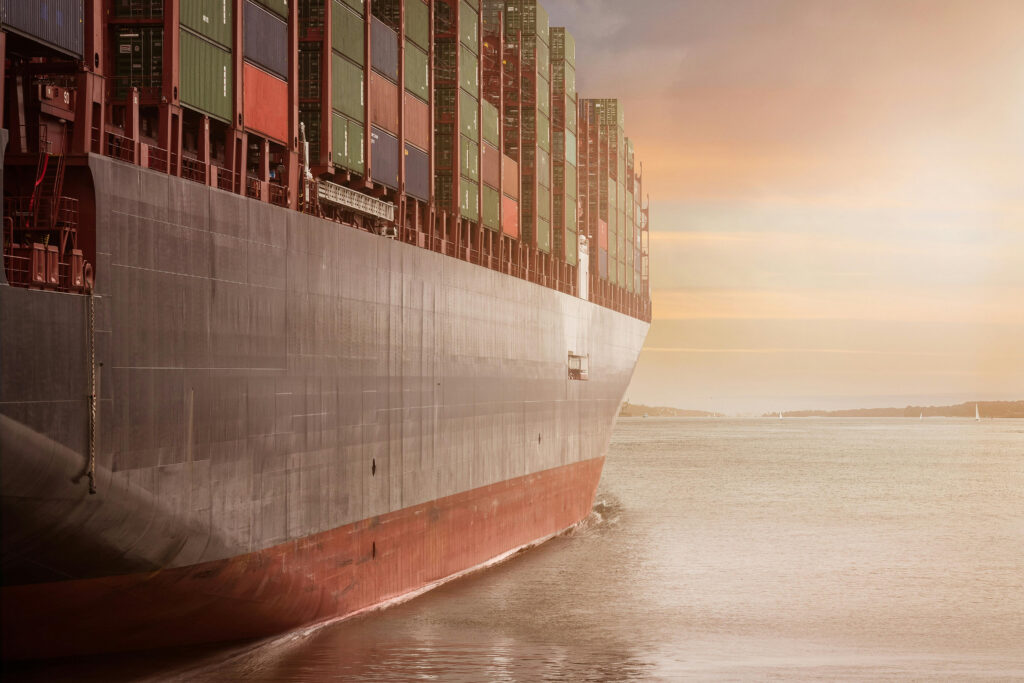Following the final investment decision (FID) made at the end of 2023 for the Porthos project in the Netherlands, 2024 saw two additional major FIDs at the end of the year: the initial phases of the NEP (Northern Endurance Partnership) project in the UK and the Greensand project in Denmark. These projects focus on developing CCS chains with respective capacities of 4 Mtpa and 0.4 Mtpa, expected to come online in the short term (2028 and 2026, respectively), with medium-term capacity targets of 23 Mtpa by 2035 for NEP and 8 Mtpa by 2030 for Greensand. These FIDs are likely to pave the way for additional crucial decisions anticipated in 2025, notably for the Aramis (Netherlands) and Hynet (UK) projects, which could mark the definitive start of industrial-scale CCS chain development in Europe.
These developments present numerous perspectives and opportunities for various players across the value chain in the coming years. The macroeconomic and regulatory context may further amplify or moderate these opportunities, as summarised in the following key questions:
- What opportunities exist for players beyond Oil & Gas majors and large emitters?
While the first CCS chains are primarily being initiated by major players on both ends of the chain (Oil & Gas majors on storage and large industrial emitters), these developments could unlock opportunities for other categories of actors, including logistics and midstream commodity players, mid-sized industrial emitters, biogenic CO2 emitters (discussed below), blue hydrogen producers, and more. - What are the prospects for developing BECCS?
BECCS (BioEnergy with CCS) is a carbon removal solution viewed as essential for Europe to achieve Net Zero in the long term. While the first “Carbon Removal” credits have recently been sold on voluntary carbon markets for implementation starting in 2026/2028, the sector remains marginal in volume today. The commissioning of large-scale CCS chains could drive down costs (assuming infrastructure sharing is enabled from a regulatory perspective). However, the evolution of regulations around integrating “Carbon Removal” credits into compliance markets (e.g., the EU ETS) — a topic currently under discussion at the European level — will be equally decisive. - What synergies and impacts could arise for CO2 valorisation sectors?
The development of CCS chains in Europe is also expected to create optimisation opportunities for sourcing biogenic CO2, benefiting valorisation sectors in general and synthetic fuel producers in particular (as biogenic CO2 is a requirement for RFNBO eligibility). Could these opportunities shift the dynamics of anticipated competition in synthetic fuels between European and non-European production? - What future trade-offs might emitters face?
Emitters with capture projects may gain the ability to choose between different logistical chains and pit downstream players against each other. Additionally, related to the points above, what trade-offs will emitters (especially those with biogenic CO2) face between valorisation and sequestration?
The year 2025 promises to be pivotal in setting the course for CCS in Europe, shaping both market dynamics and long-term climate strategies.
E-CUBE has developed strong expertise in “carbon capture, utilisation, and storage” through its recent projects and the experience of its consultants. We would be delighted to discuss these market perspectives and opportunities with you. Feel free to contact our experts below to arrange a discussion on the topic.







